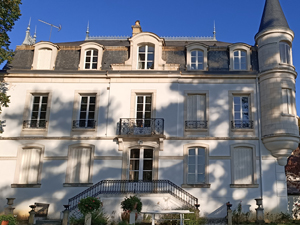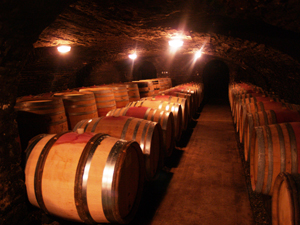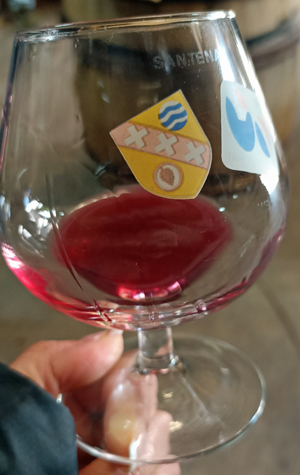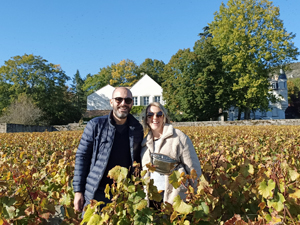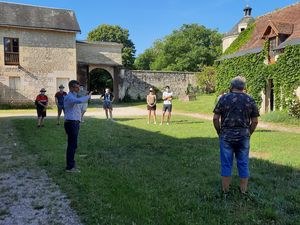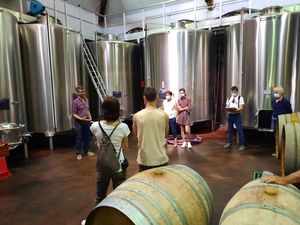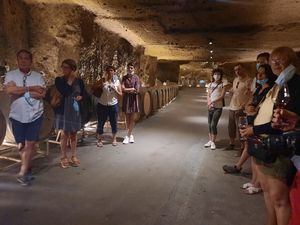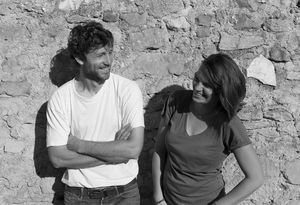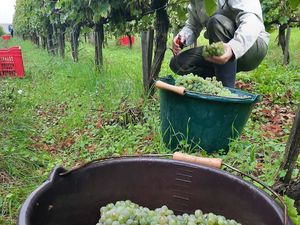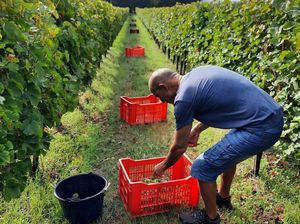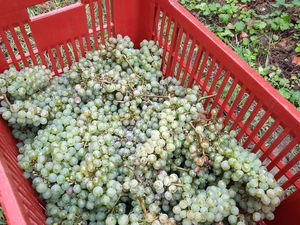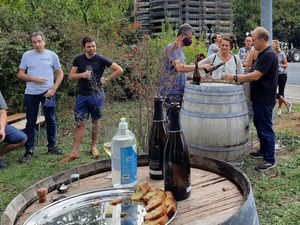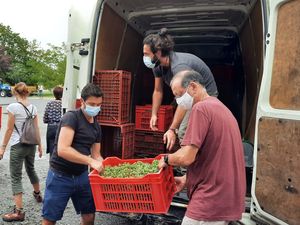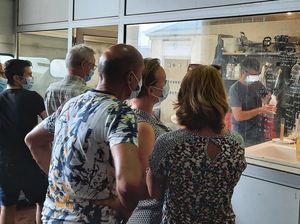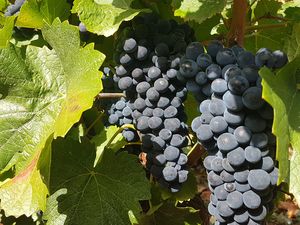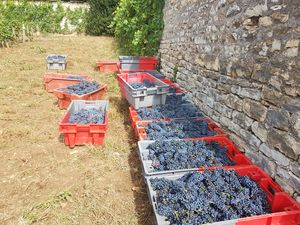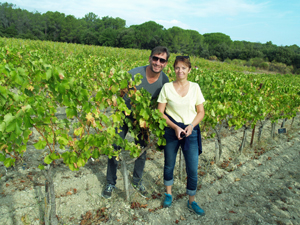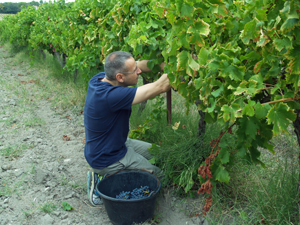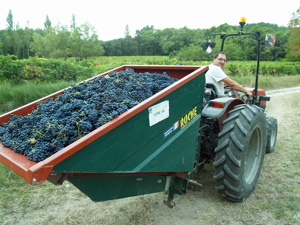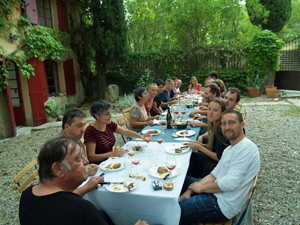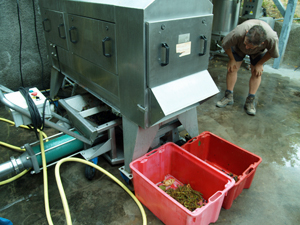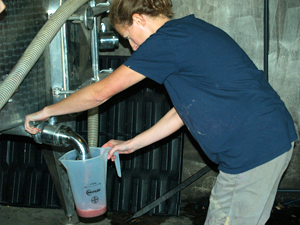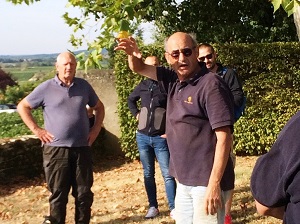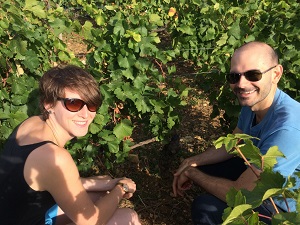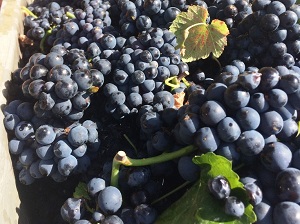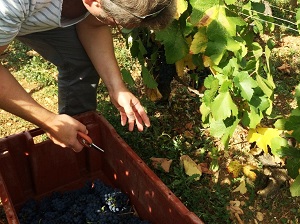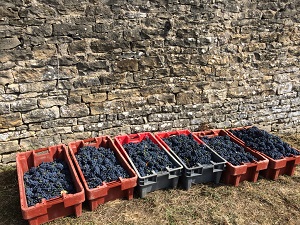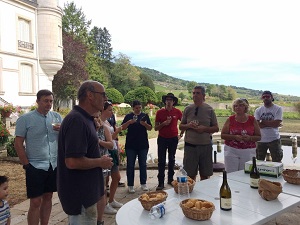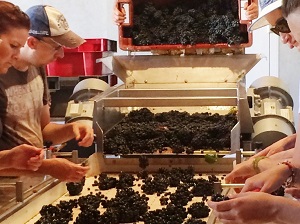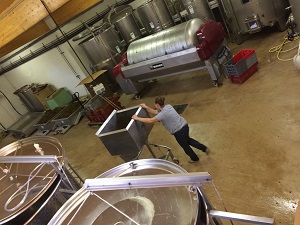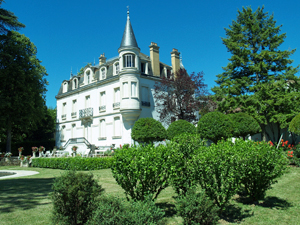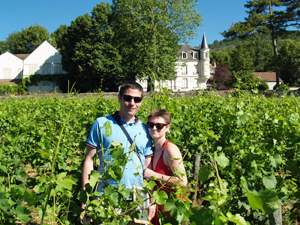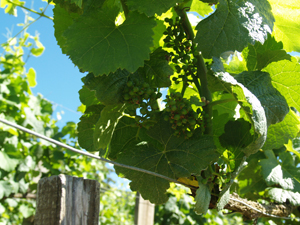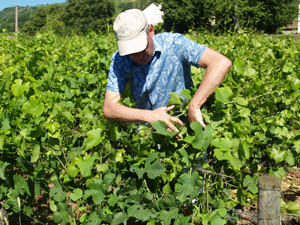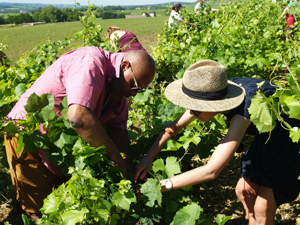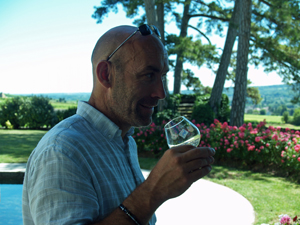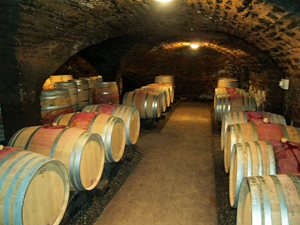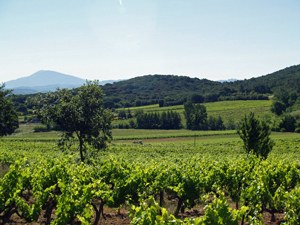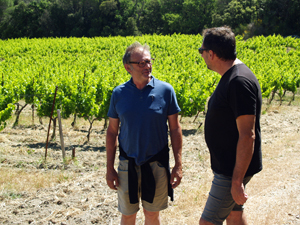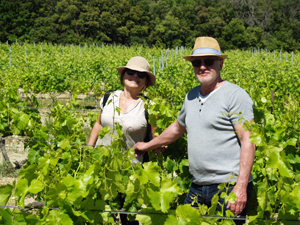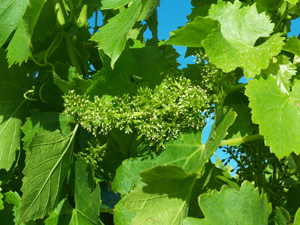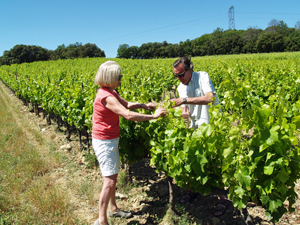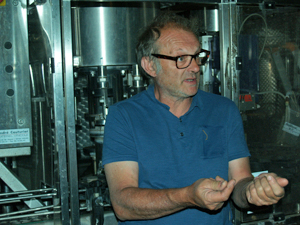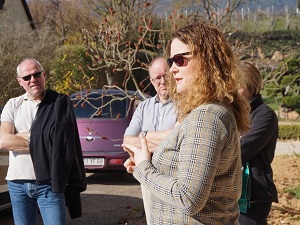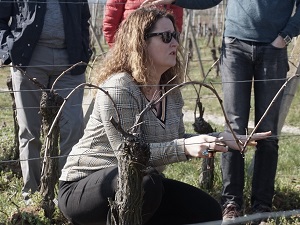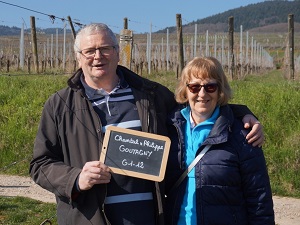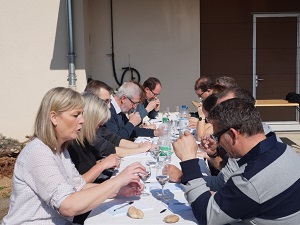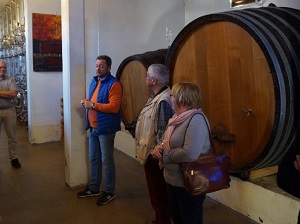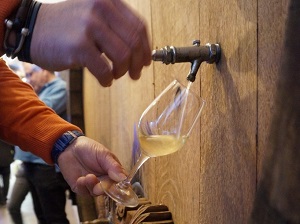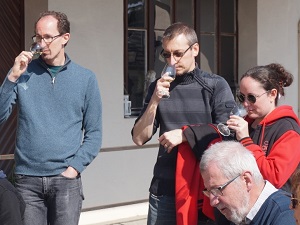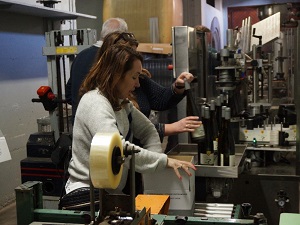We welcomed some of the Gourmet Odyssey Wine Experience clients to the stunning Domaine Chapelle in Burgundy for a Vinification Experience Day. This wine-making gift explains all the work in the cellar to make, age, and prepare wines to be ready for bottling. We get to taste wines that are still in the ageing process, something that winemakers don’t normally share with people outside of the winery. It’s a real treat to get behind the scenes and learn first-hand.
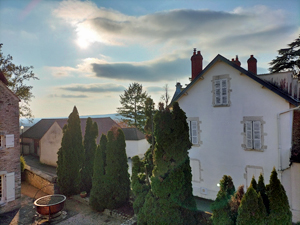
After having introduced us to the day Jean-François, the owner of the winery, recounted his family’s history at the winery and the evolution of the Burgundy wine-growing region.
Then in smaller groups, we visited the cellar where Jean-François explained all of the work involved between the harvest and bottling during the fermentation, maceration, and ageing stages to mature the wines in oak barrels.
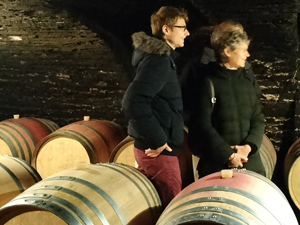
Myriam, Gourmet Odyssey’s wine expert, then explained how to taste wines using our different senses, and the difficulty in analysing the sensations that we encounter. She gave us a few tips to better train our nose, and we now know that to do so, we have to poke our nose everywhere!
This theoretical step prepared us for the tasting of wines that are still in the ageing process. We compared the changes that two different types of barrel can have on the same wine, and noted that there was indeed a big difference! The new barrels have a bigger impact on the tannins and bring more woody aromas than the barrel that had already aged two wines.
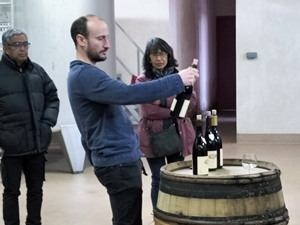
We also tasted the difference that the age of the vines has on the characteristic of the wine. The Clos des Cornières vineyard, where the vines for the Gourmet Odyssey red wine grow, has different plots within with different aged vines. The wine form each of these plots is aged separately before being blended, and so were able to compare two ages. The younger vines which are stronger, give a more structured and concentrated wine, but the older vines bring more finesse. When blended together they make a more complex wine than either of the two wines alone.
We noted that the wines that are still in their ageing process have not yet reached their optimum balance, hence the importance of maturing the wines to fully develop their expressive qualities.
We ended the morning with an aperitif of Santenay Blanc, accompanied with the famous Burgundy gougères!
We continued the Burgundy specialities with a lunch of parsley ham, Gaston Gérard chicken, and trio chocolate dessert. We enjoyed the dishes with a 2020 Ladoix, 2019 Santenay Clos des Cornières, and a 2016 Santenay La Comme Premier Cru.
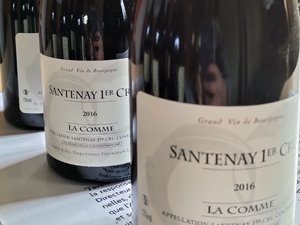
After lunch, we went for a little walk in the vineyard to meet up with our adopted vines and take photos from all angles for the My Vine photo competition.
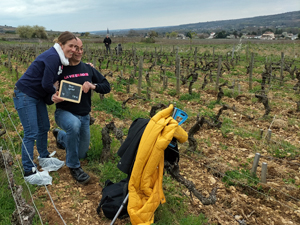
Before ending this lovely day, we returned to the winery to discover the stages involved to prepare the wines for bottling and how they are then commercialised. We discussed a little more with Simon and Jean-François and asked many more questions covering topics such as the choice of corks and labels for the bottles.
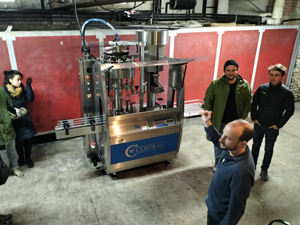
Many thanks to all of the participants for their good cheer and enthusiasm which helped make the day so special. We hope that you had a great day with the Gourmet Odyssey Wine Experience and that we’ll see you again for another day in Burgundy or at one of our other partner vineyards!



